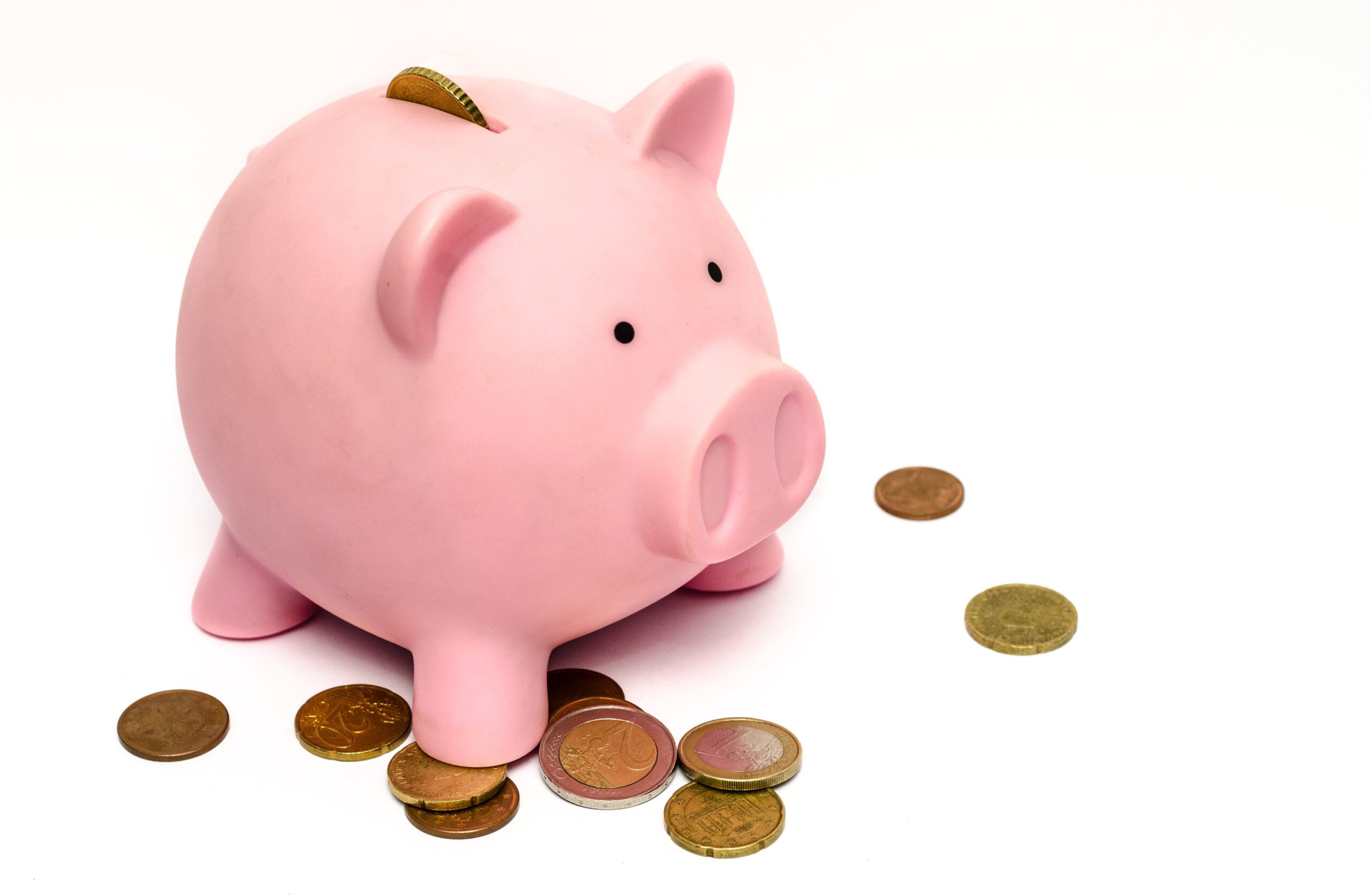
Buying groceries is getting more expensive. It’s troublesome and getting hard to buy more. When inflation kicks in, no one is excused. So as a thrifter, I thought and searched for ways how to lessen my expenses. Here’s what I gathered.
Here are the four hacks I just learned when grocery shopping.
Eat before shopping and have a list
Shopping with an empty stomach is a bad idea. You are more likely to buy more than what you need. You’ll start snacking and buy something to munch on. You’ll even start to buy more non-food items. It will increase your impulsive purchases.
Shopping while hungry will definitely make a dent on your bank account. The best solution is to eat a healthy and hearty meal before shopping. And don’t forget to bring along a list of what you need. I repeat. List down only what you need. Knowing the difference between your wants and needs will help you manage your money well and reduce unnecessary purchases.
When you list all the things you’ll buy, base it on what meals you will cook during the week, or plan to cook sometime soon. So not only are you going to save money but also eat healthily.
Buy from the bulk section
First of all, the bulk section is an aisle or section at your grocery store where shoppers can buy items by weight or ounce. Since pre-packaged items are more expensive, buying from the bulk section can help you save more money. It is also a healthier option and a sustainable one.
Though these sections vary from store to store, some might not even have one, we’ll likely find an assortment of nuts, oats, seeds, and flours. There may even be bulk pasta, or beans and pretzels.
The first thing you’ll do is to have your jar or container when there’s nothing in it. You get the “tare weight”. That’s what it is. Write down its weight on your paper then fill your container up with food of your choice with the amount of your choosing. Then weigh again and write down its measure. Provide the info to your cashier and that’s it.
You’ll save more this way.
Look at the unit price per oz
The unit price of an item is the cost per pound, ounce, or other unit of measure of it. It’s usually posted in one corner. It’s different from the total price. The total price is the price of the item itself. Often we overlook this hack, but by comparing the prices of similar items, you’ll know which one is cheaper.
By following this unit price, it may not save you tons of money but in the long run, it will save you much. This way you can get more bang for your buck.
For nonperishable goods, and perishable goods
More often than not, buying the biggest package will save you a ton. But using the hack we learned above, using the unit price method, we can really see which one is worth its price. A great example of this is toilet paper. I think sometimes buying more costs more per unit because stores know that people buy in larger quantities without checking. They just take and buy. In this example, we still need to check its unit price.
A different example is milk. We can’t just buy the biggest one or buy more because of a deal. We need to know if we can consume it before it goes bad. We need to buy what we need.
By default, nonperishable goods you can buy in larger quantities. But for perishable goods, buy enough before it goes bad.
In a gist, plan things well. When saving money, you have to know you and what you need. We need to be mindful of the prices and our money.




